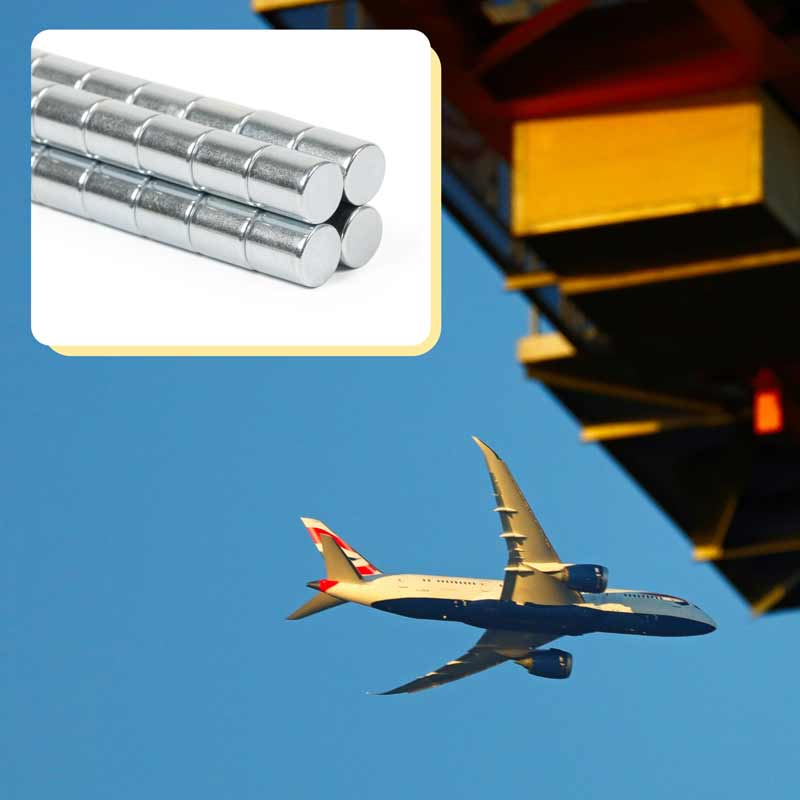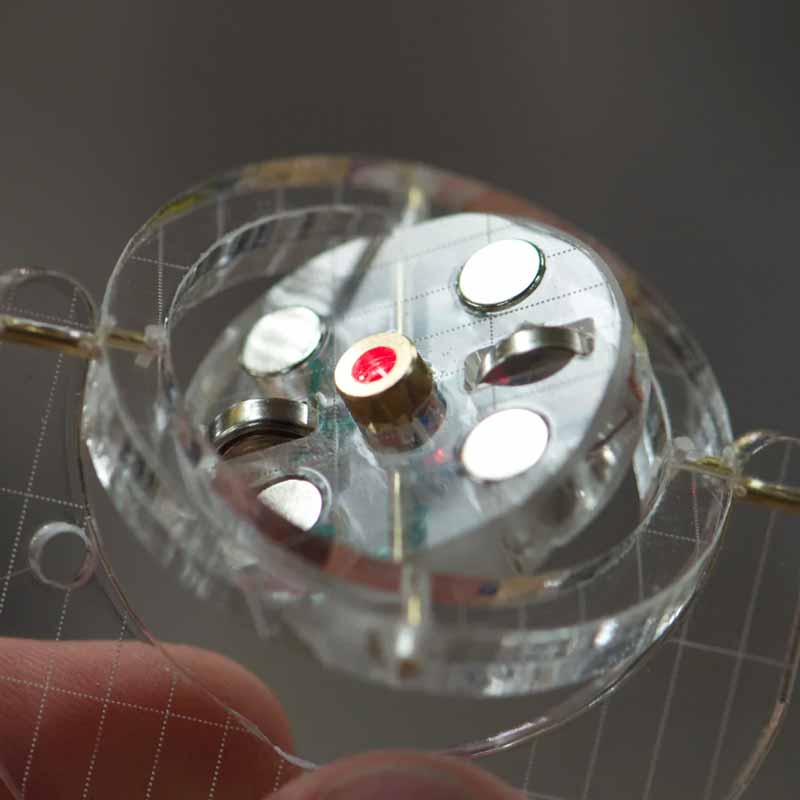Recent Post

Magnets in Restaurant Kitchens

Global supply challenges and HYAB’s role

Electromagnets – a more controllable magnet

Magnetic filtration in the process industry

Sheet metal handling – Easier with magnets
Magnets aiding materials in laser communication technologies
Published: 2023-06-12 14:26:19 • Daniel Gårdefelt
Laser communication technologies are dominating as we go towards a time where quick and reliable communication is essential. Light is used in laser communication, also known as optical communication, to send data at incredibly fast rates. The significance of magnets in the creation of material for the improvement of laser communication technologies is somewhat underappreciated. This article explores the role that magnets will play in the development of laser communications in the future.
Advanced materials and magnetism
Recognizing the impact of magnets on the characteristics of materials is the first step in comprehending their significance. When exposed to magnetic fields, several of the sophisticated materials utilized in laser communication systems display distinctive properties. These substances, referred to as magneto-optical materials, have magnetic field-affected characteristics that can change how they interact with light.
Materials for magneto-optics
Laser communication systems rely heavily on magneto-optical materials. These substances have the ability to alter the polarization of light, which is crucial for information encoding in laser communications. These materials experience changes in their optical properties when exposed to a magnetic field; this phenomena is known as the Magneto-Optical (Faraday) Effect. Terbium Gallium Garnet (TGG) and garnet crystals are two important substances in this field.
Laser isolators with garnet crystals
Optical isolators are devices that utilise garnet crystals, which are extremely magnetic field sensitive. Lasers must be shielded from back reflections in order to avoid performance degradation or laser damage. Optical isolators are essential for this. The polarization of the light changes as it passes through garnet crystals in optical isolators when a magnetic field is applied, ensuring that the light only goes in one direction.
Modulators that use terbium gallium garnet (TGG)
In modulators, TGG, a superb magneto-optical material, is frequently employed. Modulators are apparatuses that alter the characteristics of a laser beam to encode information onto it. TGG can effectively change the intensity and phase of the laser light when a magnetic field is applied, allowing for effective data encoding for transmission.
Improved Data Integrity
In laser communication systems, magnets and magneto-optical materials also help to preserve data integrity and cut down on errors. It is feasible to drastically reduce signal noise and interference by properly manipulating the polarization and phase of the laser light with magnetic fields, resulting in accurate and dependable data transmission.
Conclusion
Magnets play a crucial part in the creation of new materials for laser communication technologies. Magnets can improve the efficiency, dependability, and data integrity of laser communication systems by manipulating magneto-optical materials like garnet crystals and terbium gallium garnet.


